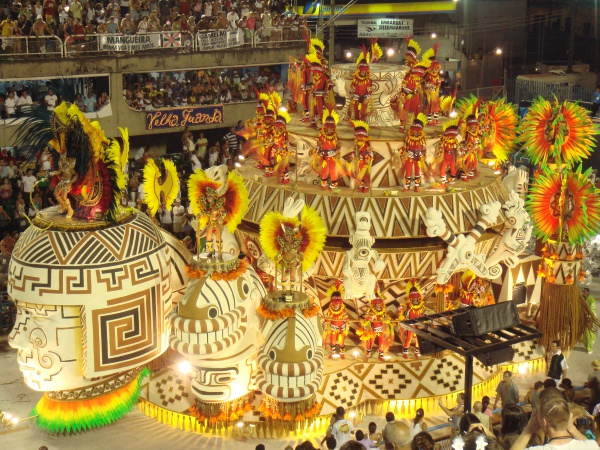Facts About Rio Carnival
The Rio de Janeiro Carnival is a colossal and dynamic festival held annually before Lent, drawing approximately two million people to the streets each day. It's recognized as the world's largest carnival, with origins dating back to 1723. The highlight of the carnival is the grand parade, featuring revelers, elaborate floats, and dazzling costumes from over 200 samba schools. These schools, organized into five leagues or divisions, are composed of local community members with shared cultural backgrounds. Each school's parade entry follows a specific sequence, starting with the "comissão de frente" and including various groups like the Mestre-sala and Porta-Bandeira.
The Rio Carnival's roots can be traced back to the 1640s, inspired by ancient Greek and Roman festivals. Over the centuries, it has evolved to incorporate elements such as masquerades, polka, and waltz, with samba music making its debut in 1917, influenced by African rhythms. The tradition of samba school parades began in Praça Onze and later moved to the Marquês de Sapucaí Avenue. Today, these parades are held on different dates and categorized based on the levels of the samba schools.
Street festivals play a crucial role in the Rio Carnival, inviting all to join in the festivities. Music and dancing are at the heart of these celebrations, with carnival samba—a Brazilian dance with African roots—taking center stage. The rhythmic, percussion-heavy batucada style of music is a staple during the events. Throughout the city, street parades, known as blocos and bandas, attract millions of participants who dance and celebrate together. The creation of the Sambadrome in 1984 provided a dedicated venue for these performances, though some schools have since aimed to reclaim public spaces for street parades.
A unique aspect of the carnival is its royal court, led by King Momo and the Queens of Carnival, who are responsible for leading the festivities. Unlike the Queens representing specific samba schools, the Queens of Carnival are selected through competitions. The Rio Carnival is rich with traditions and customs, each contributing to the vibrant and diverse celebration that engulfs the city every year.

 Argentina
Argentina